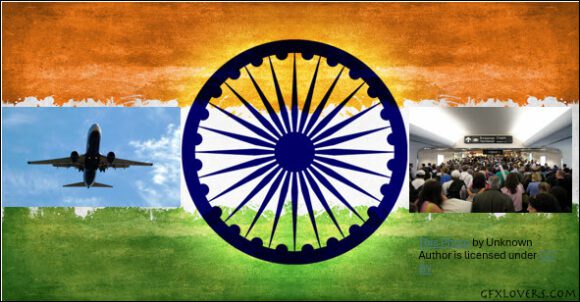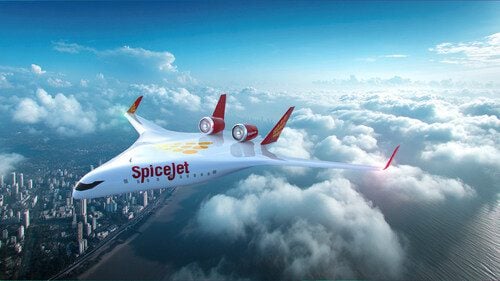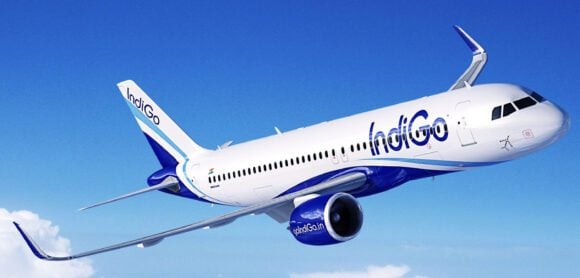Airlines for Europe (A4E) released news that should be read and digested.
The EU experiment remains a work in progress. The “seamless European sky” is still a fantasy. For the full year, A4E reports Eurocontrol estimates that total delay minutes will be up by 53% versus last year due to strikes and capacity shortages (14.3 million minutes in 2018 versus 9.3 million minutes in 2017). A4E also quotes a 2016 PriceWaterhouseCoopers study, showing the economic cost of ATC strikes in the EU between 2010-2017 was estimated at €13.4Bn.
Aviation is a “strategically important sector that makes a vital contribution to the EU’s overall economy and employment, aviation supports close to 5 million jobs and contributes €300 billion, or 2.1% to European GDP” according to European Commission, DG MOVE.
The strike problem seems rather focused: Since 2005 the EU has seen some 357 air traffic control strikes, 254 of which have occurred in France – which has seen a 300% in ATC strikes compared to 2017.
According to Eurocontrol, year to date, an average of 1,427 flights per day had an en-route delay of at least 15 minutes. The corresponding figure in 2017 was 681 flights per day. Using an arbitrary €100/minute, these ~1,500 flights caused airlines to absorb over €781m in extra costs. The 2017 flight delays would be worth ~€373m.
How do EU airlines absorb a 109% increase in some operating costs within a year is the question? We have seen what shock airline profits absorb from unexpected spikes in fuel prices. Even if one were to argue these increased costs are small and easily absorbed, no airline can be budgeting for a 109% increase in operating costs from delays. It must be galling for EU-based airlines that have open skies access to all EU markets and yet they don’t really have a sky that is open. Indeed, it seems the EU skies are shrinking. Running an airline remains one of the most challenging careers.
Views: 26




